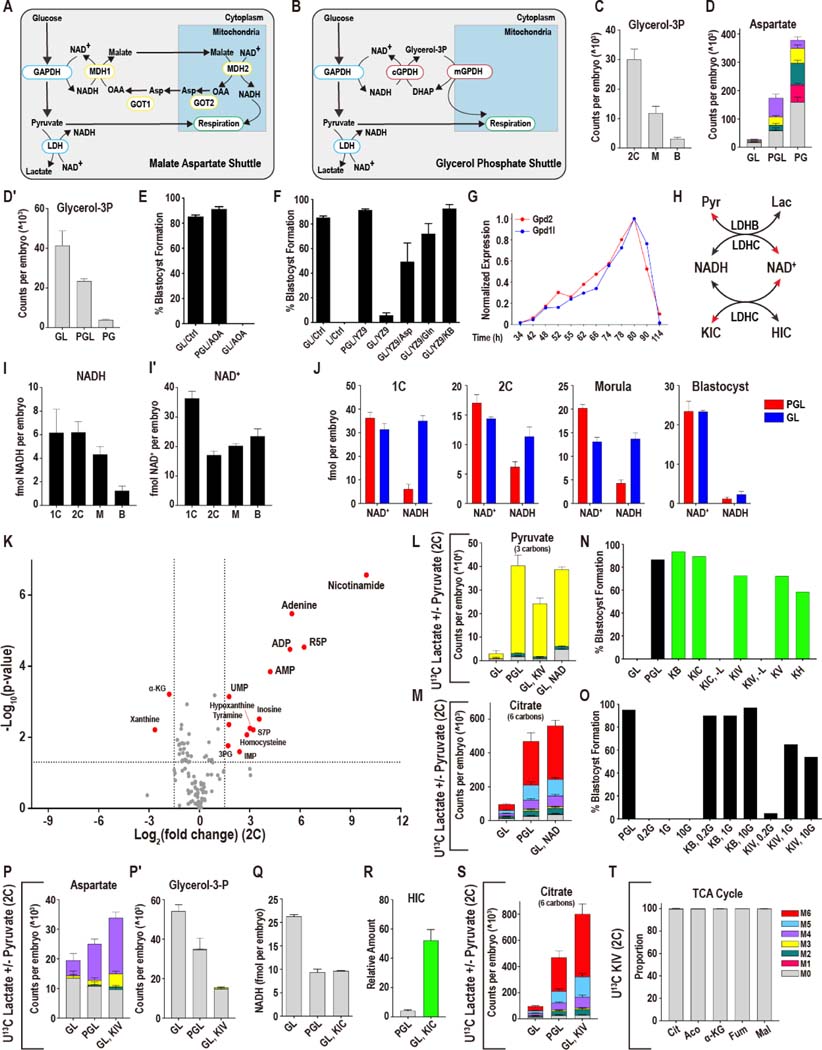Figure 4. Mechanisms of metabolic plasticity.
(A, B) Schematic of the Mal-Asp (A) and glycerol-3P shuttles (B).
(C) The amount of glycerol-3P decreases between the 2C and blastocyst stages.
(D) At the morula stage, Asp increases when lactate is absent (PG), and decreases when pyruvate is withheld (GL). (D′) Glycerol-3P decreases when lactate is absent and increases when pyruvate is withheld.
(E) Following the 2C stage, inhibition of the Mal-Asp shuttle using 0.5 mM AOA does not impact the development of embryos cultured with pyruvate, lactate and glucose (PGL), but blocks development of embryos cultured in GL media.
(F) The glycolysis inhibitor YZ-9 (2μM) blocks development of embryos deprived of pyruvate (GL) from the late 2C stage. This block is reversed by the addition of either Asp (1mM), Gln (1mM) or α-KB (1mM).
(G) The glycerol-3P shuttle components Gpd1l and Gpd2 that are expressed in the embryo peak at the morula stage.
(H) Schematic showing how pyruvate and lactate, and α-KIC and HIC, control NADH and NAD+ levels.
(I-I′) NAD+ and NADH levels in 1C, 2C, morulae (M) and blastocysts (B). (I) NADH levels decrease during the development, whereas (I′) NAD+ falls markedly between the 1C and 2C stages then rises between the 2C and blastocyst stages. n = 4 biological replicates with ~100 embryos per replicate.
(J) NAD+ and NADH levels in embryos grown with and without pyruvate at different stages of development.
(K) In 2C embryos, provision of 5 mM NAD+ to pyruvate deprived embryos (GL, + 5 mM NAD+) restores the levels of many metabolites that fall when pyruvate is omitted from the media (compare with Figure 3H). A subset of metabolites increases including breakdown products of NAD+ (e.g., adenine, nicotinamide). Metabolites are highlighted if P < 0.05 and the log2 fold-change > +/−1.5.
(L) 5 mM U-12C NAD+ or 1 mM U-12C KIV restores pyruvate levels in 2C embryos deprived of pyruvate by facilitating the use of U-13C lactate.
(M) U-12C 5 mM NAD+ restores citrate levels in 2C embryos deprived of pyruvate by facilitating the use of U-13C lactate. The PGL (U-13C pyruvate and U-13C lactate) and GL (U-13C lactate) control samples are shared with Figure 3F, because these experiments were performed at the same time.
(N) Alternative α-ketoacids (1mM), allow zygotes to develop into blastocysts in the absence of pyruvate, as long as lactate is provided. In a medium lacking pyruvate (GL), embryos do not form blastocysts unlike embryos that are cultured with pyruvate (PGL). The conditions represented by green bars all lack pyruvate (-P). The α-ketoacids KB, KIC, KIV, KV and KH all rescue (-P) embryos unless both pyruvate and lactate are absent (KIC, -L) (KIV, -L). Glucose (G) is present in all samples above, and pyruvate is absent in all samples except control (PGL).
(O) Embryos that are transferred into pyruvate and lactate free media at the late 2C stage (after ZGA) (50h) are not viable over a range of glucose concentrations (0.2mM (0.2G), 1mM (1G) or 10mM (10G)) unless an α-ketoacid, such as KB or KIV, is provided.
(P-P′) In 2C embryos, aspartate decreases and glycerol-3P increases in GL (U-13C lactate, U-12C glucose) media. KIV fully restores Asp levels and decreases the amount of glycerol-3P. The PGL (U-13C pyruvate and U-13C lactate) and GL (U-13C lactate) controls are shared with Figure 3F as these experiments were performed at the same time.
(Q) NADH levels in zygotes with pyruvate, lactate and glucose (PGL), glucose and lactate (GL), or GL supplemented with 1mM KIC (GL, KIC).
(R) Hydroxycaproate (HIC) increases in embryos that are provided with KIC.
(S) U-12C KIV restores citrate levels in 2C embryos deprived of pyruvate by facilitating the use of U-13C lactate. The PGL (U-13C pyruvate and U-13C lactate) and GL (U-13C lactate) control samples are shared with Figure 3F, because these experiments were performed at the same time.
(T) U-13C KIV does not contribute carbon to the TCA cycle in 2C embryos cultured in GL media.
See also Figure S4.

